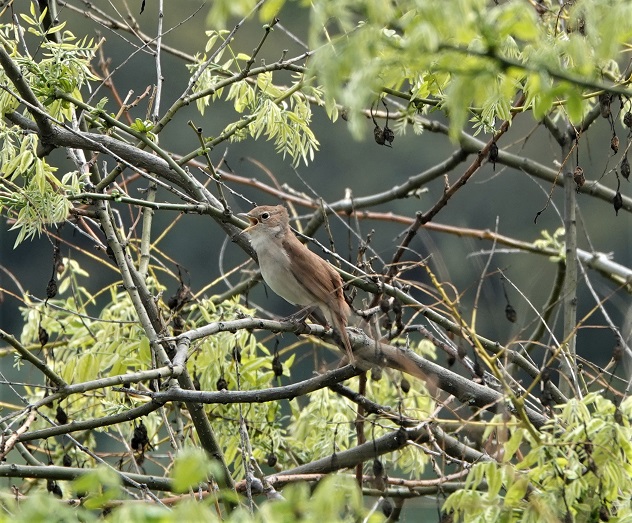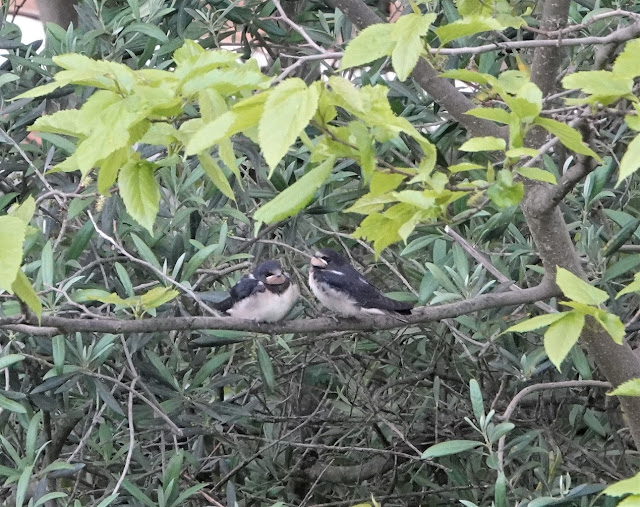Lockdown birding Part 12

Sardinian Warbler (Martin Kelsey) Teased by its characteristic scratchy rattle, I lean over the balcony to try to get a view of the Sardinian Warbler. Movement through the leaves in the hedge betrays its presence as it works its way upward. It rises in a short flight to land on the old rusty electricity pole beside the house. Smart and striking, with the perfect contrast of white throat and matt black head, with a vermilion orbital ring. Like the call, its song scratches its way through a gentle set of even notes, rather conversational and intimate. Until off it launches in a surprise jerky airbourne performance, climbing into the sky with its long, white-sided tail see-sawing in fluttery rhythm. At the climax, the descent starts and with a final tease, the bird cocks its tail as it sneaks back into the brambles. The Sardinian Warbler occurs around the Mediterrean and is around here the widespread breeding Sylvia warbler. At this time of the year, I would normally be out in a f...





